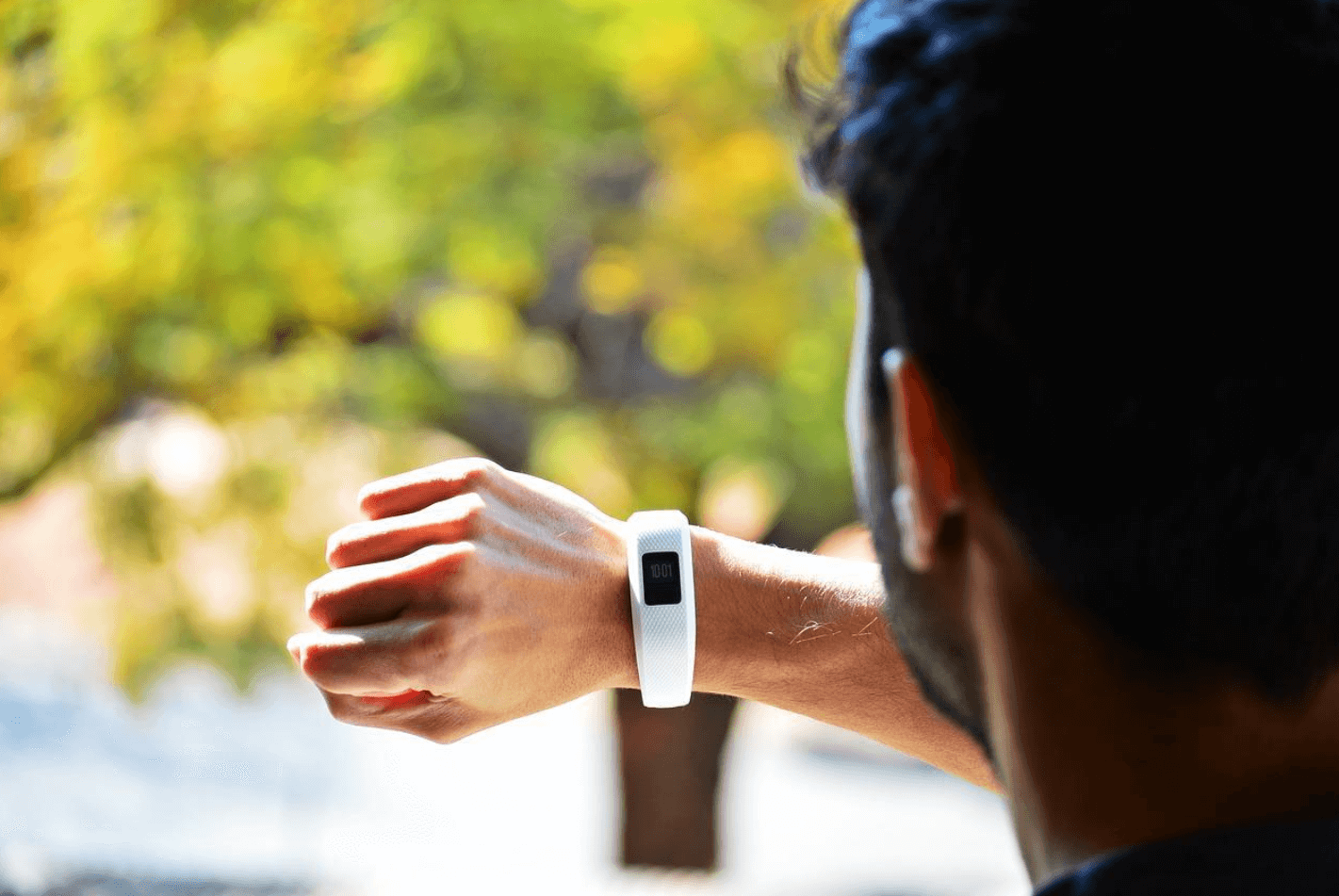Remote Patient Monitoring Reimbursement 2023
Remote Patient Monitoring (RPM) has experienced considerable growth in recent years, primarily due to the need for remote care during the COVID-19 pandemic. In 2023, RPM will continue to be an increasingly vital telehealth tool, thanks to improvements in reimbursement codes, an expanding range of healthcare professionals involved, and the continued use of artificial intelligence.
What is Remote Patient Monitoring?
Remote Patient Monitoring (RPM) uses technology to monitor patients’ health status and vital signs from a distance. As a result, healthcare providers can track patients’ health conditions and collect data without physical interaction.
A significant benefit of RPM is its ability to empower patients to take an active role in their healthcare by providing real-time access to health data. RPM uses various tools, such as wearable sensors and connected devices, to gather health-related information and transmit it to healthcare professionals.
Remote Patient Monitoring typically involves the following steps:
- Data Collection: Patients use remote monitoring devices like wearable sensors or smartwatches to collect relevant health data.
- Data Transmission: The information collected from RPM devices is encrypted and securely transmitted to healthcare providers.
- Data Analysis: Healthcare providers analyze the data to monitor the patient’s status and provide medical intervention if needed.
- Care Intervention: If needed, healthcare providers can adjust treatment plans, prescribe medication changes, or schedule follow-up appointments.

Advancements in Remote Patient Monitoring
The rise in RPM in recent years has led to many technological advancements and policy updates. As a result, it’s important to review what is changing in 2023 and how this field continues to evolve.
Reimbursement Codes: Streamlining and Expanding Access
RPM reimbursement codes help incentivize RPM use and provide additional savings for users. Since the beginning of 2023, improved RPM reimbursement codes have significantly altered how these devices are used.
These reimbursement codes provide a structured framework that simplifies RPM treatment for patients, decreases RPM reimbursement denial, and allows healthcare providers to receive fair compensation. The growing availability of reimbursement codes ensures clinicians can confidently offer RPM to their patients, fostering increased use of these technologies.
Expanded Role of Nurses and Staff Members
In the early days of RPM, doctors predominantly administered RPM tools. However, there was a notable shift in 2023 toward expanding the role of nurses and staff members in delivering RPM services. Providers now possess a greater capacity to deliver care and support more patients thanks to the help of nurses and other healthcare professionals. This shift improves patient access to remote monitoring and allows doctors to focus on more critical tasks, leading to a more streamlined and efficient healthcare system.
AI Technology: Enhancing Diagnosis and Decision-Making
Artificial intelligence (AI) is booming in all fields, and the medical field is no exception, especially regarding telehealth. As of 2023, AI technology has revolutionized RPM by enhancing the speed and accuracy of diagnoses. AI-powered algorithms can do things like:
- Analyze patient data.
- Detect health patterns.
- Provide real-time insights to healthcare providers, such as quickly identifying abnormal trends in vital signs.
- Flag potential health risks.
The use of AI enables early intervention and preventive measures, reducing the likelihood of complications and hospitalizations.
Current Trends in Remote Patient Monitoring
With technology evolving and access expanding, RPM is trending toward new markets and areas of need. We’ll likely continue to see growth in the areas listed below in future years.
Senior Care Management
The growing aging population drives the need for innovative approaches to senior care management. RPM plays a crucial role in monitoring the health of seniors remotely and protecting their safety.
Wearable devices can track vital signs, activity levels, and sleep patterns. They can also detect critical health situations, allowing for quicker emergency responses by caregivers and healthcare providers.
Chronic Condition Management
Remote Patient Monitoring has become instrumental in managing chronic conditions like diabetes, hypertension, and heart disease. RPM devices continuously monitor vital signs, glucose levels, blood pressure, and other relevant metrics.
This real-time data transmits to healthcare professionals, who can make timely interventions and provide personalized care plans. By empowering patients to participate in their care, RPM improves chronic disease management outcomes and reduces hospital readmissions.
Miniaturization
Advancements in miniaturization technologies have significantly impacted RPM. Discreet and lightweight wearable devices are more convenient for patients and more accessible to a wider population. Miniaturization has also led to the emergence of implantable devices that can monitor and transmit data internally, offering a higher level of precision and specificity for specific conditions.
Improving Remote Patient Monitoring with CoachCare
CoachCare is a reliable and comprehensive solution for Remote Patient Monitoring in 2023. Our user-friendly platform seamlessly integrates RPM into existing healthcare workflows, empowering professionals to implement successful RPM programs. With 24/7 tech support, CoachCare ensures a smooth transition to providing remote care to patients.
By leveraging advanced technologies, CoachCare helps healthcare providers remotely monitor patients, collect real-time data, and deliver personalized solutions. CoachCare is a great fit for any medical facility wanting to provide its patients with an improved quality of care.